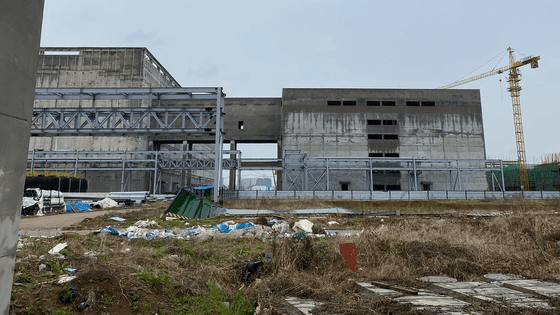
China: Semiconductor business’all water bubbles’: $ 2.3 billion investment
-It should be “catch up with Samsung”-
WSJ coverage:
Reported in an article dated January 9th.
China has invested $ 2.3 billion in the semiconductor business over three years.
However, “six new large-scale semiconductor manufacturing projects” all failed.
Analyzed by WSJ:
“Announcements of Chinese companies, state media reports, local government documents” were analyzed in detail.
China has poured a huge amount of money to “catch up with Samsung Electronics of South Korea and TSMC of Taiwan.”
The analysis result that “all failed to develop cutting-edge semiconductor manufacturers”.
$ 2.3 billion invested in the project:
The minimum amount invested in these projects is $ 2.3 billion.
Most of the money was supported by the Chinese government.
According to the WSJ
A Chinese company said, “We couldn’t even make a single semiconductor.”
Wuhan Hiroshin Semiconductor (HSMC)
Izumi core integrated circuit (QXIC)
HSMC and QXIC are failed foundry companies.
Of the 6 projects that ended in vain
Symbolizing China’s “semiconductor failure”
This is a typical failure case.
HSMC and QXIC failure:
HSMC and QXIC
Similar to Samsung Electronics and TSMC, it is said that it will mass-produce process products of 14 nm or less.
HSMC and QXIC
Established with a far-reaching goal.
A blueprint that says, “We will make ultra-fine process products of 7 nanometers in a few years.”
It seems that “a huge annual salary gathered Taiwanese engineers such as former TSMC officers.”
but,
The local government wasted a huge investment and could not commercialize even one chip.
After all, HSMC officially closed in June last year.
QXIC is also in a state of suspension of business.
China’s semiconductor production capacity:
Chinese semiconductor companies can only produce “about 17% of the demand in China” on their own.
Impact of US Sanctions:
The state-of-the-art chip development capability is further delayed.
China has invested $ 52 billion in semiconductors twice since 2014 to make up for the delay.
Chinese company disguised:
Tens of thousands of companies are said to have “registered as a semiconductor company by acquiring this support money.”
Joongang Ilbo
https://s.japanese.joins.com/JArticle/286507?sectcode=320&servcode=300
Two Chinese Startups Tried to Catch Up to Makers of Advanced Computer Chips—and Failed
China has spent billions of dollars in recent years
trying to catch up to the world’s most advanced semiconductor makers.
Two foundry projects,
led in part by a little-known entrepreneur then in his 30s, help show why China has yet to succeed.Foundries with ties to a little-known Chinese entrepreneur set out to match TSMC and Samsung,
but never commercially produced an advanced semiconductor
– WSJ